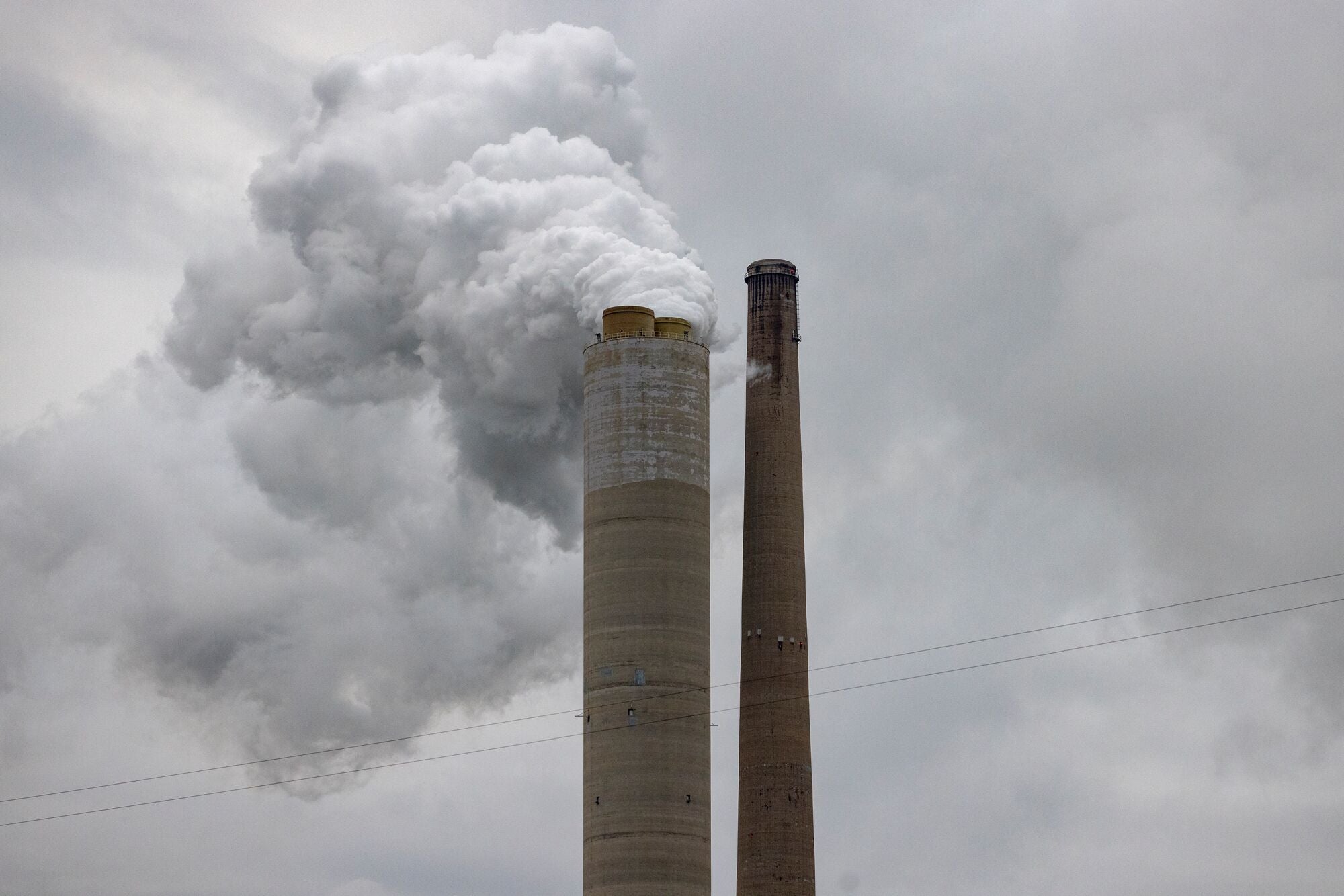Earthjustice goes to court for our planet.
We’re here because the earth needs a good lawyer.
The Supreme Court Just Ruled on a Major Air Pollution Case
This page was published a year ago. Find the latest on Earthjustice’s work.
What’s happening: The Supreme Court ruled 5-4 in favor of major industrial polluters and their political allies aiming to stop the EPA from implementing its “Good Neighbor Plan.” This regulation aims to control smog pollution, which is linked to severe respiratory problems and even death, but now the Court has blocked it.
Why it matters: If SCOTUS would have denied the stays (the request to halt the plan), the EPA could fully implement the Good Neighbor Plan, which could have prevented approximately 1,300 premature deaths, averted over 2,300 hospital visits, and alleviated asthma symptoms for 1.3 million individuals. This adverse Supreme Court decision puts the plan on hold and will be catastrophic for community health. This lawsuit was part of a concerted effort to weaken the Clean Air Act and restrict the EPA’s power to regulate pollution.
Why Is the Good Neighbor Plan Necessary?
- Smog, composed mainly of ground-level ozone, is a dangerous air pollutant that impairs our breathing and increases our risk for lung and heart disease.
- Smog comes from burning fossil fuels and like all air pollution, it does not stay in one place; it moves between states. So, for example, industry and power plants in Texas emit air pollution that contributes to dangerous smog levels as far away as Illinois. Illinois in turn needs the Good Neighbor Plan to curtail this air pollution.
- The Good Neighbor Plan, which the EPA proposed after an Earthjustice lawsuit, would require power plants and other industrial sources in 23 upwind states to reduce their smog-causing emissions.
- In addition to saving lives, the plan would boost the economy by saving an estimated $13 billion annually, preventing 430,000 school absences, and avoiding 25,000 lost workdays in its first year of full implementation.
What Was the Court Case About?
- Three states — Ohio, Indiana, and West Virginia — along with their industry allies, challenged the Good Neighbor Plan. These states aimed to avoid their responsibility to limit pollution, undermining neighboring states’ efforts to meet national air quality standards and denying millions their right to clean air.
- The challengers asked the Supreme Court to put the plan’s implementation on hold, or stay it, while lower courts review their legal arguments against the plan.
- Previously, the challengers tried to persuade the D.C. Circuit Court to stay the plan, and that court rejected their request – so they filed “emergency” requests for the Supreme Court to intervene. The Supreme Court ruled in favor of challengers, blocking the plan in June 2024.
What’s at Stake in the Court’s Decision?
- Because of the ruling blocking the plan, tens of millions of Americans will be immediately exposed to higher levels of dangerous smog. Power plants that already reduced their pollution will be allowed to increase it again this summer.
- The health implications of obstructing the EPA’s regulations are not evenly distributed. The most vulnerable members of our society, including children, the elderly, low-income families, and people of color, will bear the brunt of the impact.
- The EPA’s plan is designed to balance the interests of states by requiring upwind states to limit pollution that affects their downwind neighbors. This ensures a fair system where no state can jeopardize another’s air quality. Without these regulations, smog will continue to harm ecosystems and public health.
- The Good Neighbor Plan is grounded in law and science, and countless environmental and public health groups back the plan.
- Earthjustice and its clients have defended the EPA’s Good Neighbor protections in court for years. We will continue to fight for critical public health protections despite the Court’s ruling.
Your support helps us represent our clients free of charge as we fight for clean air and other environmental protections.
